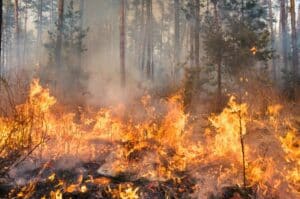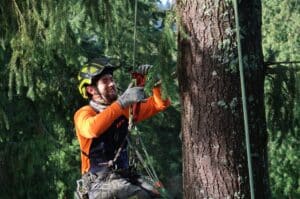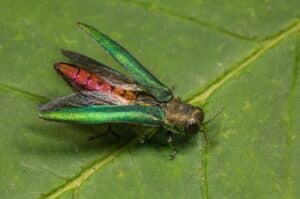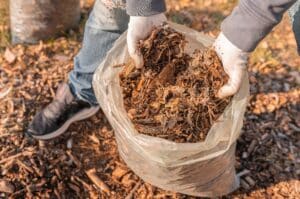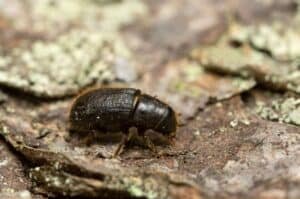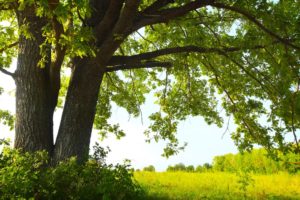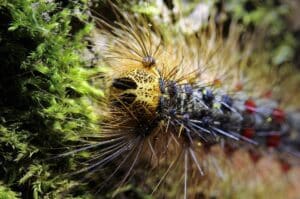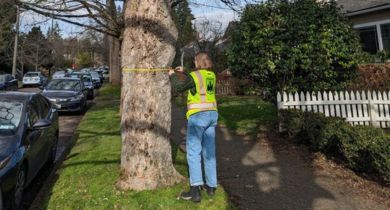Evergreens Turning Brown: Causes, Prevention & Treatment
Seattle Tree Care Explains the Impact Weather Can Have on Evergreens What Causes Evergreens to Change Color? Evergreens bring a splash of green to Seattle 365 days a year. But what happens when the gorgeous green starts turning brown? If you’re worried about your Evergreen plants or are looking for
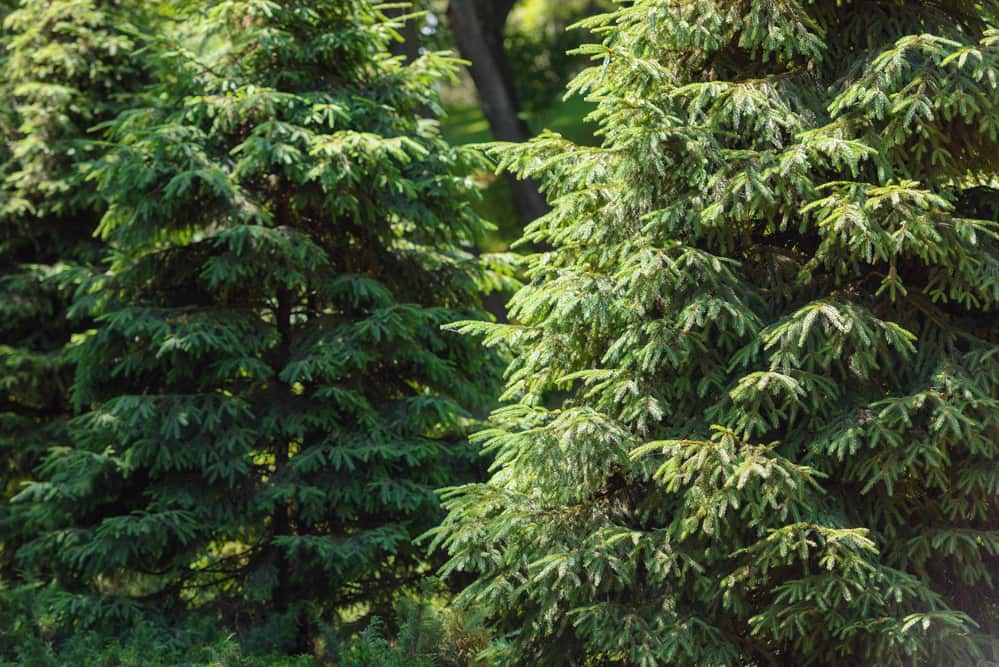
Seattle Tree Care Explains the Impact Weather Can Have on Evergreens
What Causes Evergreens to Change Color?
Evergreens bring a splash of green to Seattle 365 days a year. But what happens when the gorgeous green starts turning brown? If you’re worried about your Evergreen plants or are looking for ways to keep them healthy, keep reading to discover the cause of tree browning, how to repair and protect your plant, and more!
What is an Evergreen Plant?
You might be surprised to find out that Evergreen plants aren’t just pine trees and juniper plants. Eucalyptus trees, palm trees, holly, and even oak trees are considered Evergreen trees.
But what makes an Evergreen, well, evergreen? The answer to that is fairly simple. Trees and bushes that lose their foliage in the autumn or winter are defined as deciduous plants. Evergreens, on the other hand, do not lose their foliage on a cycle or schedule during the year. Instead, they keep their foliage through every season unless other external or internal factors cause it to fall.
The Role of Weather with Evergreens
Most people hear Evergreen and think snow and winter break! While it is true that Evergreens are famous for their green boughs during the cold season, they share a more intricate relationship to cold and warm weather than one might think.
Evergreens stay green when temperatures drop below freezing or rise above eighty degrees. However, excessive heat or cold can damage even the hardiest of plants. The average water supply and temperatures of an area are what local plant life is used to, and abrupt changes can impact the health of your Evergreens. When a heat spell or cold front is coming in, be sure to reach out to a tree care specialist like Seattle Tree Care to see how you can protect and prepare your plants for the incoming weather.
Browning Evergreen Causes
Evergreens are strong and capable of withstanding a lot of dangers that lesser plants would fail under. However, when your Evergreen is starting to look a little brown, this is a clear “call for help” from the plant.
Browning Evergreens are usually indicative of nutrient and water deficiency, illness, or pests.
- Desiccation: Most browning is a sign of desiccation. Evergreens desiccate when the water they transpire (evaporation through their foliage) is not replaced adequately from the roots. Without the proper amount of water and the nutrients from the soil, the plant will wither, forcing itself into survival mode and cutting off water to its foliage, resulting in the browning leaves and needles.
- Damage: Browned foliage may also be the result of damage from pests or diseases. Blight, a hungry deer, or even a hailstorm can leave a tree or bush facing damage. When damage is extensive, the Evergreen will not be able to get water to the damaged ends, resulting in browned foliage.
- Illness: Plants get sick, but and the most visual symptom of an Evergreen illness is browned and wilted foliage. Disease and illness in plants spreads quickly and can spread to the surrounding trees and greenery if left untreated. Illness can quickly destroy a tree, resulting in the need for tree removal.
Browning Evergreen Repairs
How you repair a browned Evergreen depends largely on what caused the browning in the first place. If a dry summer caused the problem, homeowners can fix it with extra watering and TLC, but if disease or illness caused the browning, a professional needs to be called in.
There are several ways to give your Evergreen trees a fighting chance against weather extremes, disease, and other causes of browning.
- Regular Maintenance: Trims can help your trees and bushes stay healthy. Tree pruning and tree trimming remove dead or excess weight off Evergreens and helps them provide nutrients to the parts of the tree that need it most without wasting energy on dying matter. Arborists are firm believers that trimming and pruning are essential to healthy plants.
- Fertilizing: Fertilizer gives trees and plants extra nutrients and vital minerals to handle illness and droughts. Expert tree care specialists like Seattle Tree Care know the local area, soil content, and weather patterns, and can help you find the right fertilizer for your plants.
- Mulching: Mulching is a wonderful way to landscape the yard and protect your Evergreen plants. Cedar mulch is known to deter pests, and most mulch is an excellent way to keep the soil moist and protect it from erosion.
Working with a professional in tree health care ensures that your home’s plant life will have a long and thriving life with proper care and attention. Give Seattle Tree Care a call to see how their friendly experts can improve your Evergreen’s life today!
Recent Articles
Looking for More?
We've got you covered with tips, resources, updates, how-to's, and other helpful information about trees and landscapes in Seattle, Puget Sound, and King County, WA. Join the thousands of smart local residents who get the monthly newsletter from Seattle Tree Care for helpful information you won't want to miss!
There's no spam - we promise! We are committed to keeping your e-mail address confidential. We do not sell, rent, or lease our contact data or lists to third parties.


